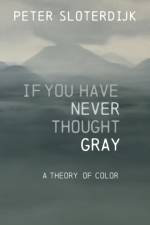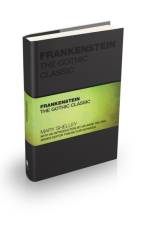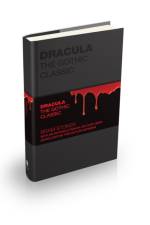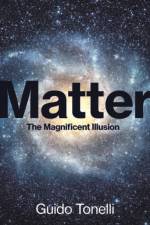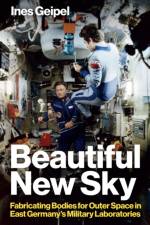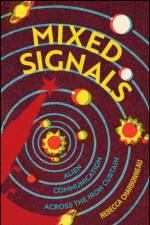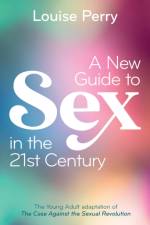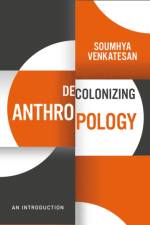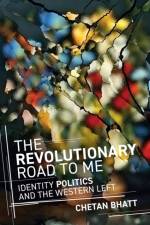1 921
The first book in English to address Ingmar Bergman's cinema through a broad array of classical and contemporary approaches. Widely acclaimed around the world from the mid-1950s to the early 1980s, Ingmar Bergman's films were often considered outmoded by the turn of the last century as exemplars of a long-gone European 'art cinema'. However, in more recent years, his work has been reconsidered with fresh eyes, recognized as speaking to global audiences about ideas of contemporary relevance, such as: the dysfunctions of personal, romantic, and family relations, gender performance and sexual identity, social engagement and alienation, questions of racial difference and power, living with and articulating challenges to mental health and the causes thereof, questions of religious belief or values and their secular replacements, the reality and guilt of Scandinavian and European privilege, and the challenges of morally vertiginous daily life for subjects born of ever-later modernity. A Companion to Ingmar Bergman brings together 32 original essays by established scholars and exciting new voices in the field. Representing a uniquely wide range of approaches in academic film studies and beyond, the chapters that make up the volume illuminate a body of work that changed the way cinema is created, defined, experienced, understood, and interpreted. Thematically organized into four parts, the Companion discusses gender exploration and self-representation in Bergman's cinema, draws evolutionary insights from The Seventh Seal, explores existential feelings and religious iconography in the early 1960s trilogy, journeys through the filmmaker's island landscape in the context of cinematic tourism, and much more. Throughout the book, hailing from a range of global contexts and backgrounds, the authors provide fresh insights into a deeply complex and challenging film artist, often from unexpected perspectives. An innovative mixture of new scholarship and fresh, updated employments of older approaches, A Companion to Ingmar Bergman: Examines Bergman's cinema through methodologies as diverse as Film-Philosophy, Star Studies, Bisexual Studies, Tourism Studies, Transgender Studies, and Evolutionary Studies. Applies recent and contemporary theories such as Affect Theory, Queer Theory, and Neo-Formalism to Bergman's films. Delves into the director's early period in the late 1940s-1950s through his most challenging modernist period in the 1960s, and into the 1980s. Analyzes seminal films such as The Virgin Spring and Cries and Whispers from wholly new perspectives Engages with films long considered problematic by commentators plus unproduced Bergman screenplays, including All These Women, "The Petrified Prince", Face to Face, and From the Life of the Marionettes. A Companion to Ingmar Bergman is a must-read for advanced undergraduate and graduate film students, postgraduate scholars, college and university lecturers and researchers, particularly those interested in the application of classical and modern approaches to the study of twentieth-century cinema, and Bergman fans around the world.

